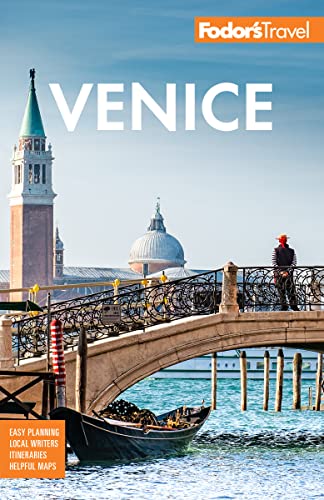Settled primarily in the 15th century, at a time when Renaissance ideas of town planning had some effect, Cannaregio differs from medieval Venice, where the shape of the islands usually defines the course of the canals. The daylight reflected off the bright-green canals (cut through a vast bed of reeds; hence the name Cannaregio, which may mean "Reed Place") and the big sky visible from the fondamente (pedestrian walkways) make this a particularly luminous area of town. It's no surprise, perhaps, that Titian and Tintoretto had houses in the sestiere.
The Strada Nova (literally, "New Street," as it was opened in 1871) is Cannaregio's main thoroughfare and the longest street in Venice. Lined with fruit and vegetable stalls, quiet shops, gelaterias, and bakeries, it serves as a pedestrian passage from the train station to the Campo Sant’ Apostoli, just a few steps from the Rialto. The Jewish Ghetto, with five historically and artistically important synagogues, is in this quarter, and the churches of Madonna dell'Orto and the Miracoli are among the most beautiful and interesting buildings in the city. Once you leave the Strada Nuova, you’ll find the sestiere blessedly free of tourists.






